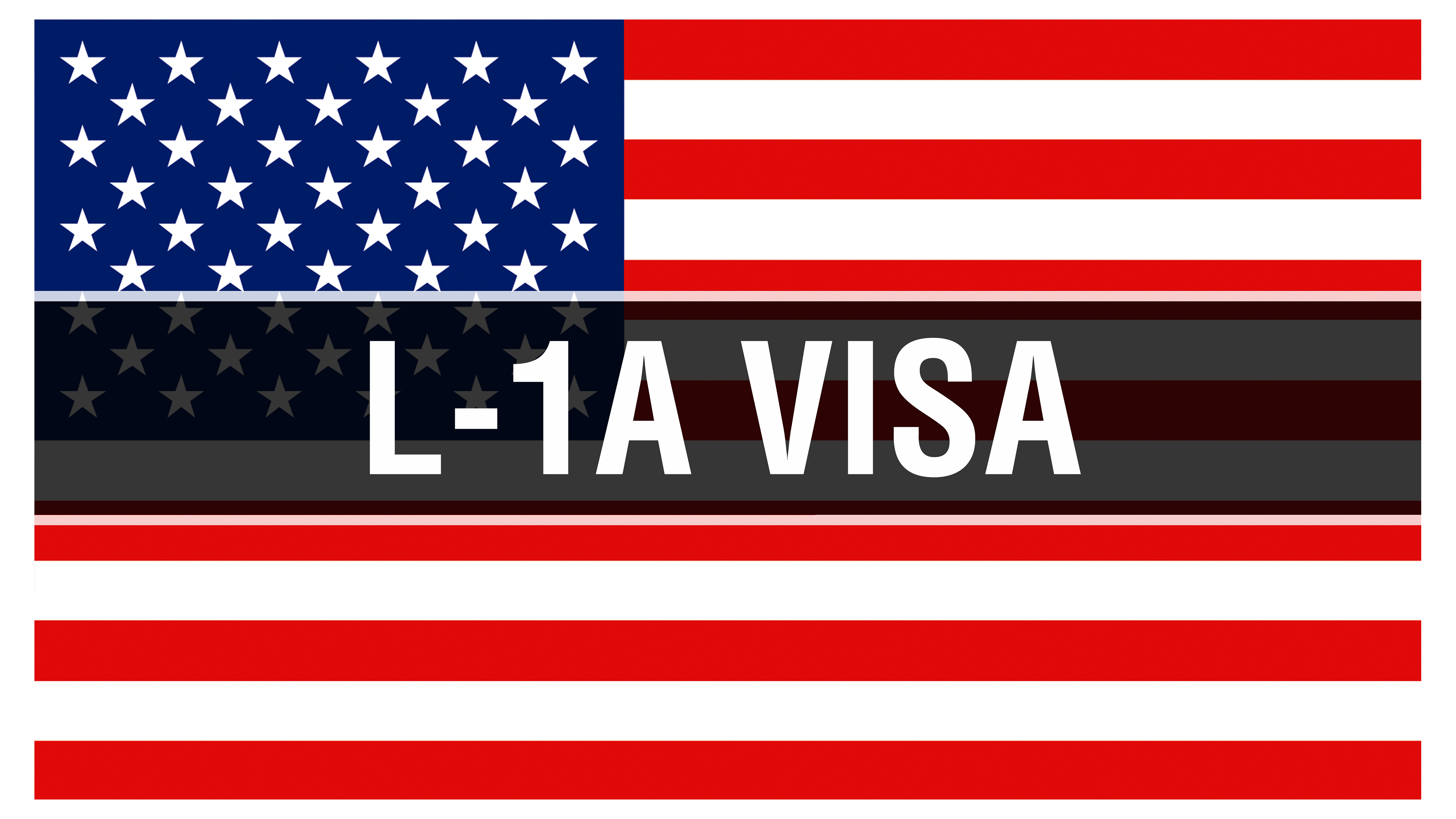One of the most common questions we receive is whether it’s better to be a manager or an executive for L visa purposes. We wish we could tell you the answer is straightforward, but similarly to the famous question from Hamlet, this quandary requires thoughtful reflection.
From a business and L-1A perspective, there are significant differences between the L classifications. We take a close look at the nuances of the beneficiary’s position. Also, we work with the immigration attorney handling the case to review and discuss the definitions of “executive” and “manager” in the law and regulations.
After 13 years of experience with this topic, we’ve developed an approach to address the three distinct classifications in the context of the L-1A business plan. They are executive, people manager, and functional manager. But how do we decide which classification makes the most sense for the client’s industry, business model, and business plan?
The key consideration is this: what does the beneficiary primarily do? As with all good business plans, we don’t use guesswork as a rubric. Instead, we gather as much information as possible on the beneficiary’s job position, listing job duties by the percentage of time spent doing those tasks. From there, we can measure what type of qualifying job duties the beneficiary will spend 50% or more of their time working on to determine their classification.
Below are the questions we ask to measure what types of job duties the L visa beneficiary’s role will entail:
1. Executive
Does the beneficiary direct the management of the organization or a major component or function of the organization? The key concept here is “direct the management,” which means that the beneficiary should at least direct a manager, who in turn is responsible for the day-to-day operations of the L company.
Does the beneficiary establish the goals and policies of the organization, component, or function? How is it done?
Does the beneficiary exercise wide latitude in discretionary decision-making? How exactly is it done?
Does the beneficiary receive only general supervision or direction from higher-level executives, the board of directors, or stockholders of the organization?
2. People Manager
Does the beneficiary supervise and control the work of other supervisory, professional, or managerial employees? If yes, what subordinates (job titles) do the subordinate employees supervise or manage?
If it’s a professional employee, what degree is required for the position?
Function Manager
- Does the position manage an essential function within the organization, or a department or subdivision of the organization? If yes, what function does it manage?
- Why is the function vital for the organization? Is it sales, operations, marketing, logistics, etc.?
As an example, if the above analysis shows that the beneficiary is not directing, supervising, and controlling other supervisors, managers, or professionals, then the functional manager classification makes the most sense.
Once we agree with the immigration attorney on the most appropriate L classification, we add two critical sections to the business plan:
1. Projected organizational chart: Whether the company is big or small, this is critically helpful for every business plan. We’ve found that a picture really can be worth a thousand words, so we always include a visual diagram that makes it easy for adjudication officers to quickly discern the company’s organizational structure. Organizational charts can be arranged differently depending on the L classification.
Executives: a three-tier organizational structure will do the job. A three-tier organizational structure separates the executive from the bottom-level staff by a middle layer of management oversight.
People Managers: a three-tier organizational structure will also work. In this case, the three-tier organizational structure will separate the manager from the bottom-level staff by a middle layer of management or supervisory oversight. But if the Manager manages professional employees, a two-tier (flat) organizational structure will work, where the subordinates (professional employees) directly report to the beneficiary.
Function Managers: a two-tier (flat) organizational structure will work. Also, here, under Matter of Z-A-, Inc., we can show that an L-1A intra-company manager who primarily manages an essential function can also be supported by personnel outside the United States within an international organization.
2. Customized and Detailed Job Duties: We go into exhaustive detail here, making sure that job duties are industry specific and organized by the percentage of time spent on them. That makes it easy and straightforward for any reader to ascertain the primary duties of the role. Below are what we’ve found to be the four essential aspects of crafting effective L visa job duties:
Ensure Job Titles are Logically Consistent: For L visa job titles, always utilize language that matches the job duties. For example, the job title “Finance Manager” should ideally be for a managerial position. For an executive position, use a job title that is consistent with their job duties, like “Finance Director.”
Reflect Superior-Subordinate Relationships: Who reports to who? A good job title not only clearly identifies what type of work someone does, but also their relative position within an organization.
Don’t Be Generic; Be Industry-Specific: Everyone from secretaries to CEOs can list, “facilitates a team environment of collaborative communication” as part of their job duties. On an L visa business plan, it’s important to be specific and unambiguous.
Never Forget the How: Equally as important as describing what each job duty is about, is describing how each duty is performed. In this way, a reader is never confused or doubtful about the feasibility of the duty described.
So, when it comes to determining L classification, there truly is no succinct answer. But that doesn’t mean we’re totally in the dark. As mentioned, a great business plan deals with evidence, not guesswork. By providing this information, we hope you’ll be able to have a better understanding of how to make this determination for yourself or your clients.



[13].png)

[7].png)